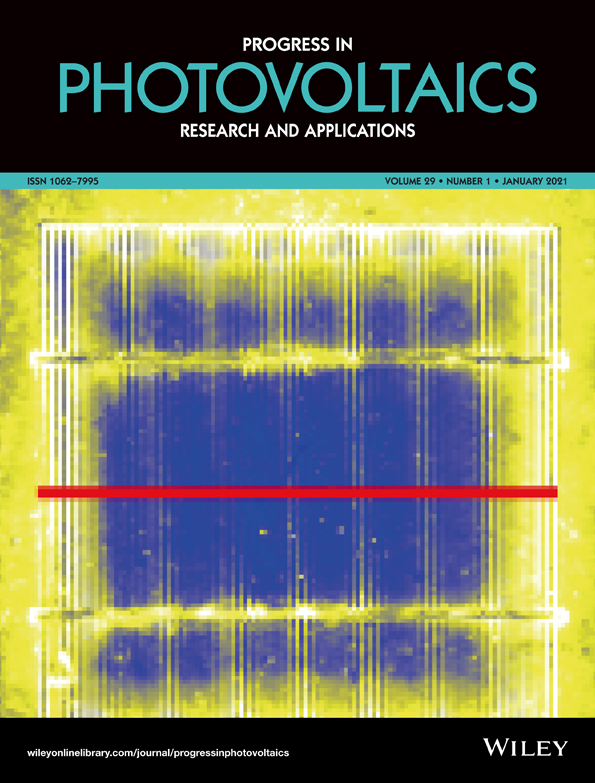Organic photovoltaic modules with new world record efficiencies
Abstract
During the last years, the development of new active materials has led to constant improvement in the power conversion efficiency (PCE) of solution-processed organic photovoltaics (OPV) to nowadays record values above 17% on small lab cells. In this work, we show the developments and results of a successful upscaling of such highly efficient OPV systems to the module level on large areas, which yielded two new certified world record efficiencies, namely, 12.6% on a module area of 26 cm2 and 11.7% on a module area of 204 cm2. The decisive developments leading to this achievement include the optimization of the module layout as well as the high-resolution short-pulse (nanosecond) laser structuring processes involved in the manufacturing of such modules. By minimizing the inactive areas within the total module area that are used for interconnecting the individual solar cells of the module in series, geometric fill factors of over 95% have been achieved. A production yield of 100% working modules during the manufacturing of these modules and an extremely narrow distribution of the final PCE values underline the excellent process control and reproducibility of the results. The new developments and their implementation into the production process of the record OPV modules are described in detail, along with the challenges that arose during this development. Finally, dark lock-in thermography (DLIT), electroluminescence (EL), and photoluminescence (PL) measurements of the record module are presented.




